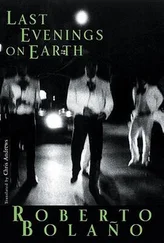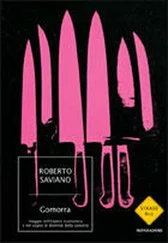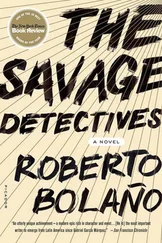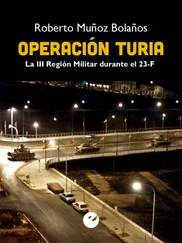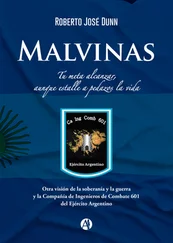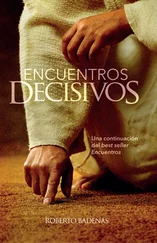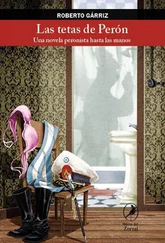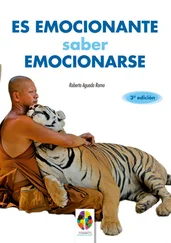The blocks of cocaine La Spezia Finance Guard extracted from the false bottoms of ten cars in the village of Aulla, in the province of Massa Carrara, were stamped with either a scorpion or a checkerboard. The biggest drug bust ever in Italy, the fourth in all of Europe. The financial police started getting suspicious while inspecting several containers from Santo Domingo that had arrived at the port of La Spezia. In a single container they found a false wall that concealed 750 blocks. But they decided to close it up again and let the container pass through customs as bait. The identifying symbols are what tell them that this is only a small portion of a much larger shipment: The scorpion indicates the part bound for northern Europe, the checkerboard guides others toward central Europe. Because of this, or rather, because the scorpion symbol doesn’t indicate the sender’s signature but serves instead as sort of the buyer’s zip code, it is one of the most common symbols found on blocks of cocaine today. Not only is this a huge deal, but it will turn out to have been arranged through one of the oldest and most tested partnerships: the Colombian cartel from Norte del Valle and the Gioia Tauro crime families. The Calabrians can’t accept the loss of such a vast shipment, so they find out where it’s being held in custody. The Finance Guard agents are tipped off. The coke can’t stay where it is much longer. Fifteen patrols from La Spezia, bearing the yellow flames of the Finance Guard and the green berets of the Counterterrorism Rapid Response unit escort it to Ospedaletto, in the province of Pisa, where the nearest incinerator is. The plant is kept under surveillance night and day, until the last checker and scorpion dissolve in the flames.
Logos started being used in the 1970s, introduced by a major Peruvian trafficker, and spread in the ensuing decade, thanks to the Colombian and Mexican cartels. And then they kept on spreading, multiplying endlessly, along with the demand for white powder. A recent computation, commissioned by the European Union in 2005, counted twenty-two hundred different ones: Some make do with a sober company monogram or pay tribute to a favorite soccer team; others prefer animals or flowers; still others love esoteric or geometric symbols or a luxury car trademark; while others play on a favorite animated cartoon character. It’s impossible to list them all. But it’s worth collecting a small sample, arranged by type and theme.
TATTOOS:a scorpion, a checkerboard, a dolphin, an anchor, a unicorn, a serpent, a horse, a rose, a man on horseback, and other such motifs, similar to the most popular or traditional tattoos, are pressed into the bricks with a metal mold. Along with simple geometric shapes, they are the most common designs and can indicate either the sender or the recipient of the merchandise.
FLAGS:the French tricolor, the British Union Jack, even the Nazi swastika. Rather than being pressed into the blocks, these designs are color printed on cards that are slipped under their plastic wrapping. The first two probably indicate the destination, while the last one, found on a load of cocaine paste sent to a Bolivian refinery on the border with Brazil, perhaps conveys the ideological affinity of the parties involved.
SUPERHEROES (AND RELATED THEMES):Superman’s trademark S, Captain America’s portrait, James Bond’s special wristwatch, all embossed or printed on cards. Narcos like to appropriate iconic Hollywood fantasies, either as an act of defiance or as a joke.
CARTOONS:What do narco-traffickers watch on TV? It’s surprising enough to find Homer Simpson wrapped atop every block of coke, or classic Walt Disney characters. But it’s really astounding to see Teletubbies or Hello Kitty, the Japanese kitten every little girl in the world adores.
IDEOGRAMS:On July 6, 2012, in Hong Kong, more than 600 kilos of cocaine were seized from a container from Ecuador and destined for the emerging market in Southeast Asia or mainland China. All the blocks were adorned with the Chinese ideogram  , or Ping, which together with another ideogram forms the word “peace,” but it may also mean “smooth” or “flat.” A good wishes offering to the customer.
, or Ping, which together with another ideogram forms the word “peace,” but it may also mean “smooth” or “flat.” A good wishes offering to the customer.
BRANDS:the Playboy bunny, Nike’s wings, Puma’s pouncing feline, Lacoste’s crocodile, Porsche’s lettering, and the Formula 1 and Ducati logos are among the best-known marks, along with the traditional tattoo motifs.
But in the end almost all the symbols drug traffickers choose, from Chinese ideograms to cartoon characters, today are found carved on people’s skin. The narcos choose to communicate through the universal language of pop culture, which their merchandise plays as much a part in as do the trademarks they appropriate. Yet they avoid using their most typical symbols, such as the skulls, crossbones, or Santa Muerte with which members of the Mexican cartels and, more often, the Central American maras, get tattooed. Their cult is an internal thing, whereas a brand is something else. These same cartels also use famous logos internally, for marking members’ cars, T-shirts, caps, and key rings. Today Los Zetas have adopted the Ferrari pony; the Gulf cartel likes the deer of John Deere, the biggest tractor manufacturer in the world. Stickers and gadgets that are easy to find, and not too flashy. The best-known brands are thus transformed into secret military badges.
The endless forest of symbols the cocaine trade has turned into recalls the ever-changing tangle of routes and handoffs and all the networks that need to be stabilized before a load can depart. The forest’s origins can be found in the constant search for boats large and small; crews; the containers that need to be able to be recognized among hundreds of others that all look the same, all stowed in the same mother ship; the legions of people who need to be corrupted in shipping and navigation companies, at customs offices and in ports, in the police forces and military, in local and national politics. All the coca plantations scattered throughout Colombia, Peru, and Bolivia; all the hundreds of thousands of farmers who harvest the coca in the forests of the Andes; all the laborers and chemists involved in the chain of production, turning leaves into blocks or liquid cocaine, are only a marginal part of the whole business. The rest is transportation.
Transportation is what has allowed the Mexican cartels to become more powerful than the Colombian ones. The availability of the port at Gioia Tauro has provided the basis of the ’ndrangheta’s strength and transnational prestige, in particular of the Piromalli family and its allies, which, according to the DIA (Anti-Mafia Investigations Directorate) has become the largest clan in all of western Europe. Since most narco-trafficking investments and profits are gambled on sea transportation, it has become such a complex problem that it has given rise to a new and specialized professional figure, who is paid handsomely: the logistics manager, also known as a systematist or Doctor Travel. He may be more important and earn more than a broker, especially if the broker doesn’t have the economic and organizational powers of a Pannunzi or a Locatelli but is one of the many smaller intermediaries who first contract supplies and then monitor their movement through the principal phases of embarkation, major stopovers, and arrival at destination.
The logistical manager — the systematist — has to take care of everything else. Of every leg of the journey, every intermediate transshipment, of every formality, every customs inspection, every kind of cover shipment. He must also develop strategies for solving or staunching problems and figure out how to minimize the damage in case something goes wrong. He has to plan every detail, keep every step in his head, and review in advance all the channels the cocaine takes in the course of its journey. He has to make transit not a fluid flow but a project that is as differentiated as it is stable: a system.
Читать дальше
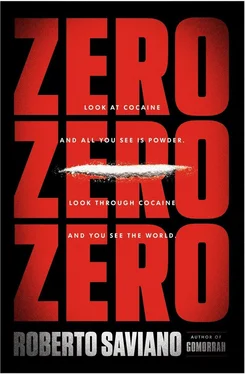
 , or Ping, which together with another ideogram forms the word “peace,” but it may also mean “smooth” or “flat.” A good wishes offering to the customer.
, or Ping, which together with another ideogram forms the word “peace,” but it may also mean “smooth” or “flat.” A good wishes offering to the customer.
